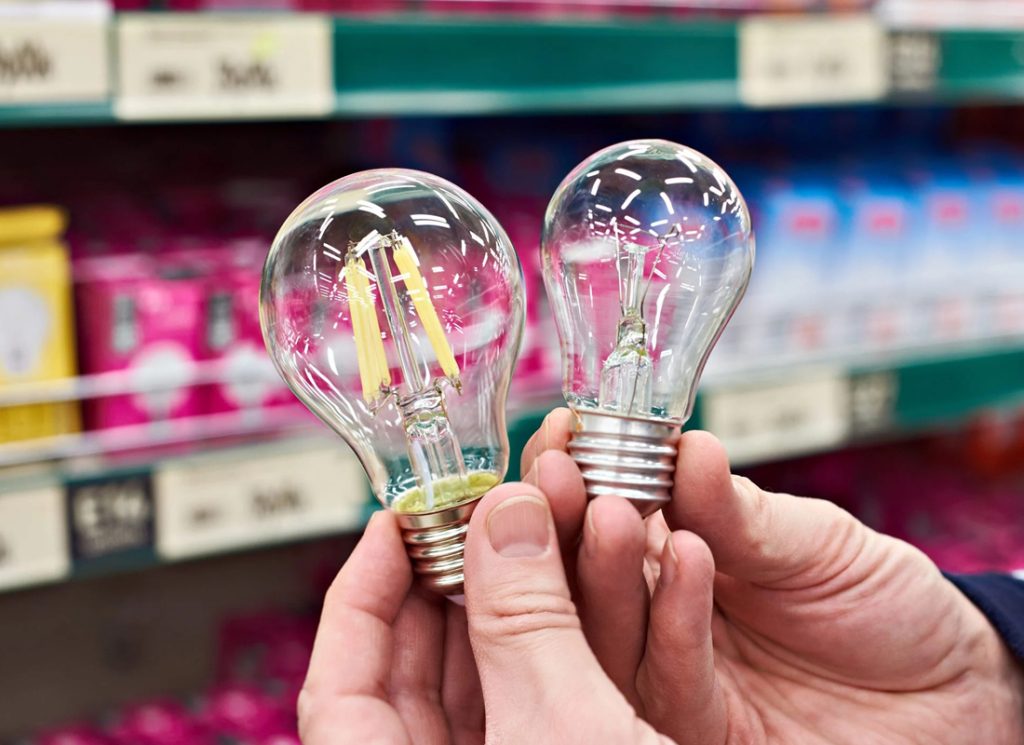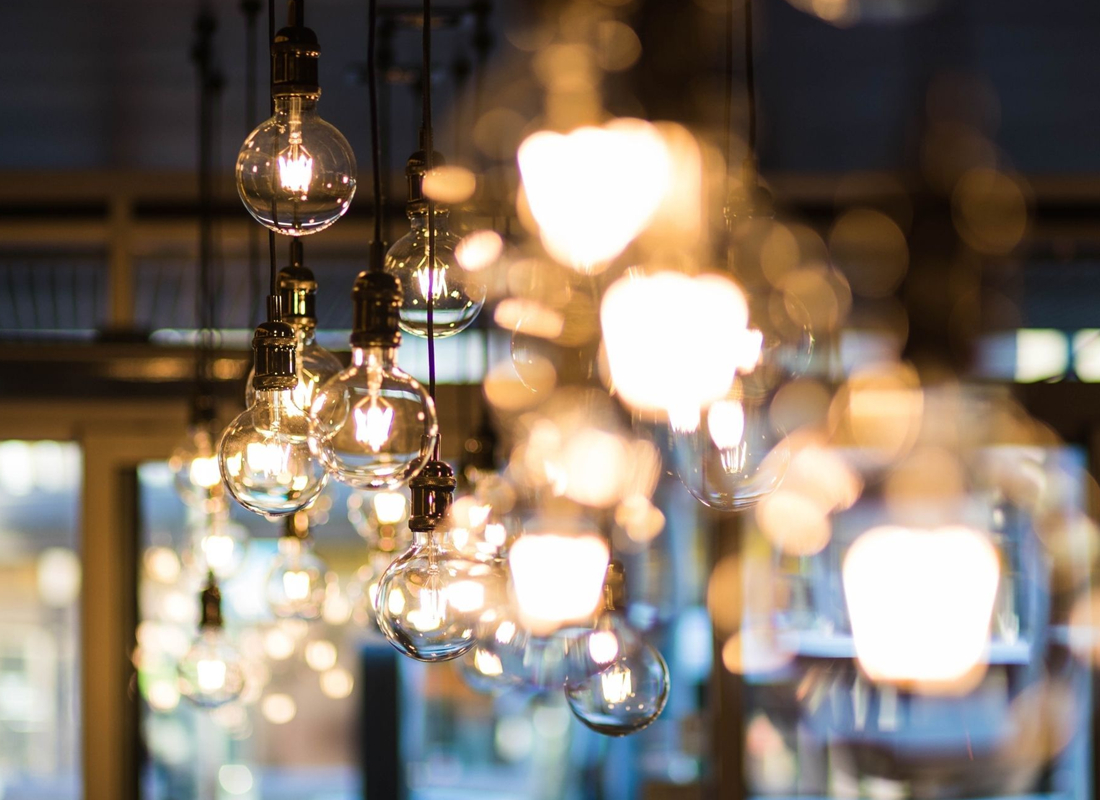One of the most immediate effects of brightness is its impact on our mood. Research has consistently shown that exposure to bright light can elevate our spirits and combat feelings of depression. Natural light, in particular, is known to boost serotonin levels, which can lead to a more positive outlook on life. This is why many people gravitate towards well-lit environments, as brightness fosters a sense of well-being and motivation. For those who spend long hours indoors, maximizing natural light can be achieved by rearranging furniture or using lighter window treatments to allow sunlight to flood in. Even small changes, such as keeping windows clean and unobstructed, can make a significant difference.
In the workplace, brightness plays a crucial role in enhancing productivity. Adequate lighting can reduce eye strain and fatigue, enabling employees to focus better on their tasks. Dim lighting can lead to decreased alertness, while overly bright environments can cause discomfort and headaches. Striking the right balance is essential for maintaining an efficient work environment. Utilizing adjustable lighting options, such as dimmers or task lighting, allows individuals to customize their workspace according to their needs. This flexibility can lead to improved performance and greater job satisfaction.

Safety is another critical aspect influenced by brightness. Well-lit areas are essential for deterring crime and preventing accidents. For instance, streetlights and illuminated pathways enhance visibility during nighttime, making it easier for pedestrians and drivers to navigate safely. In residential settings, ensuring that staircases, hallways, and entrances are adequately lit can prevent falls and injuries. This is particularly important for families with children or elderly members, where safety should always be a top priority. Investing in outdoor lighting can also enhance the security of a property, making it less appealing to potential intruders.
When it comes to design, the color temperature of light sources is a vital consideration. Warm white light creates a cozy atmosphere, making it ideal for living rooms and bedrooms, while cool white light enhances focus and alertness, making it suitable for kitchens and workspaces. Understanding the psychological effects of different color temperatures can help individuals choose the right lighting for each room, ultimately enhancing their living experience.
Lastly, energy efficiency is an essential factor that cannot be overlooked. Modern lighting solutions, such as LED bulbs, offer high brightness levels while consuming significantly less energy compared to traditional incandescent bulbs. This not only reduces electricity bills but also minimizes environmental impact. By opting for energy-efficient lighting, individuals can enjoy bright spaces without compromising sustainability.
Brightness is a fundamental aspect of our daily lives that influences mood, productivity, safety, and energy consumption. By understanding its importance and making conscious choices about lighting, individuals can create environments that enhance their well-being and overall quality of life.

